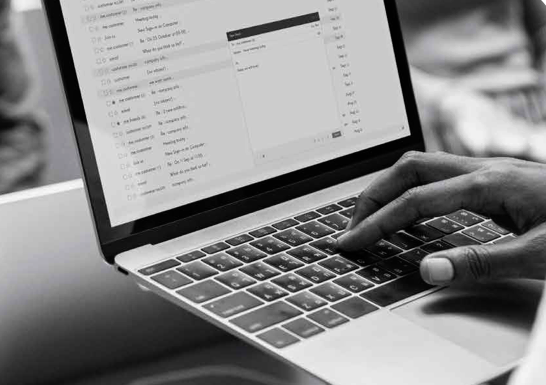Latest in Data Breaches

Credential Stuffing Attacks- What They Are and How to Stay Safe?
In today’s digital age, cyber threats are evolving faster than ever, and one particularly dangerous attack method that continues to make headlines is credential stuffing. Although it might sound like something from a tech thriller, it’s a very real threat that affects individuals, businesses, and even large organizations across the globe.
What Is Credential Stuffing?
At its core, credential stuffing is a type of cyberattack where stolen usernames and passwords—often obtained from data breaches—are used to gain unauthorized access to user accounts on other websites. Since many people reuse the same login details across multiple platforms, attackers exploit this habit to “stuff” stolen credentials into login pages, hoping for a match.
For example, if your login details were compromised in a breach at one website, a hacker might try those same credentials on services like Netflix, Amazon, Gmail, or online banking platforms.
How Does It Work?
Credential stuffing typically involves three key steps:
- Credential Harvesting: Attackers acquire lists of compromised usernames and passwords from data breaches or the dark web.
- Automation: They use bots or scripts to test these credentials across numerous websites and services.
- Account Takeover: If the login works, attackers gain access and may steal information, commit fraud, or sell the accounts.
This kind of attack is different from brute-force attacks, which try random combinations. Credential stuffing uses actual credentials from previous leaks, making it faster and more successful.
Why Is Credential Stuffing So Effective?
Credential stuffing works primarily because of password reuse. Studies show that a significant percentage of users reuse the same password across multiple accounts, making it easy for attackers to breach more than one account with a single set of login details.
Additionally, the use of automated tools means attackers can test thousands—even millions—of credentials quickly, often without being detected by basic security systems
Signs You Might Be a Victim
Here are a few red flags that could indicate your account has been compromised:
- You receive notifications of login attempts from unfamiliar locations.
- Your password has suddenly stopped working.
- Unfamiliar transactions or activity appear in your account.
- You get alerts about account changes you didn’t make.
How to Protect Yourself
Although credential stuffing can sound alarming, there are several practical steps you can take to protect yourself:
- Use Strong, Unique Passwords: Never reuse passwords across sites. Use a password manager to generate and store complex, unique passwords for every account.
- Enable Multi-Factor Authentication (MFA): This adds an extra layer of security, requiring a second form of verification before granting access.
- Monitor Data Breaches: Use tools like Have I Been Pwned to check if your credentials have been exposed in a data breach.
- Stay Updated: Make sure your software, browsers, and apps are up to date, as they often include security patches.
- Watch for Suspicious Activity: Be alert to unusual account behavior and set up alerts where possible.
Final Thoughts
Credential stuffing is a serious and growing threat, but with awareness and good security habits, you can significantly reduce your risk. In a world where our digital lives are deeply intertwined, protecting our login credentials is no longer optional—it’s essential.
Take the time to audit your passwords, enable two-factor authentication, and stay informed about the latest threats. A little effort now can save you from a lot of trouble later.